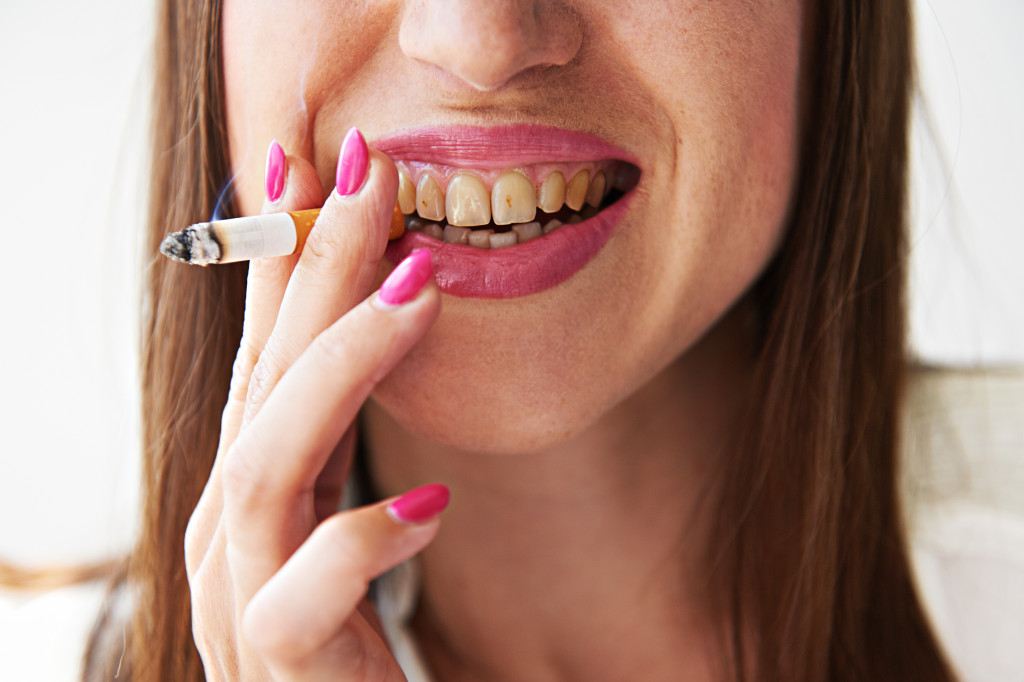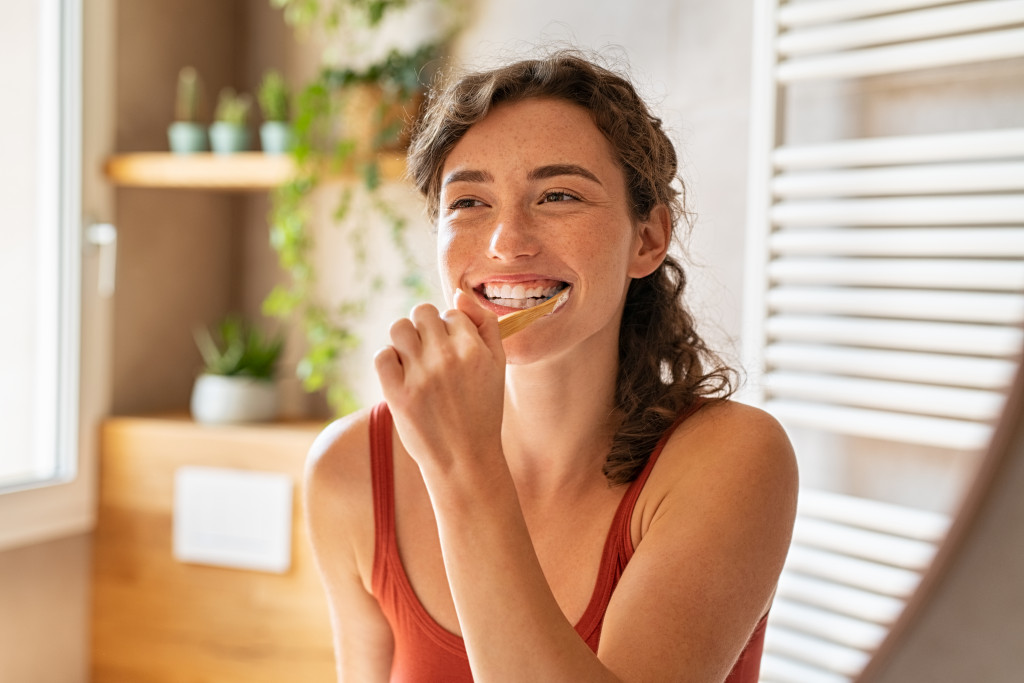• Extrinsic and intrinsic factors, such as coffee/tea/red wine, tobacco use, genetics, and aging, cause stained teeth.
•Extrinsic staining happens when substances get stuck in the enamel surface of the teeth.
•Intrinsic stains occur when the enamel and dentin of the teeth become discolored.
•Treatments for stained teeth include cosmetic treatments and at-home solutions like whitening toothpaste or over-the-counter whitening kits.
•It is vital to know what causes stained teeth and how to prevent them from happening in the first place.
A bright and healthy smile is an indicator of good health. Unfortunately, most people’s teeth are not as white as they’d like. Stained teeth are a common issue many people grapple with, and it can cause them to lose confidence in their appearance. Thankfully, stained teeth can be treated. However, it’s essential to know what causes them and how to prevent them from happening. Here’s what you need to know about stained teeth.
Types of Stains
It is crucial to understand that there are different types of staining. There are extrinsic stains that only affect the surface of the teeth and intrinsic stains that occur deep within the tooth’s enamel. Here’s a deeper look into them.
Extrinsic Stain
Your teeth are covered by a thin layer of enamel which protects the dentin that lies beneath. Extrinsic stains happen when particles, such as food and drink, get stuck between the teeth and cause discoloration at the surface level. Smoking also significantly contributes to extrinsic staining, leaving yellow-brownish marks on your teeth.
Intrinsic Stain
Intrinsic stains occur when your teeth’s enamel and dentin become discolored, either because of genetics or certain medical treatments. This type of staining is permanent and more difficult to treat than extrinsic stains.
Causes of Stained Teeth
There are various reasons why your teeth become stained. Here are some of them:
Coffee, Tea, and Red Wine
If you’re a coffee addict, a tea lover, or enjoy a glass of red wine with dinner, this may contribute to your stained teeth. These beverages contain chromogens, pigments that latch onto your teeth and cause staining over time.
The best way to prevent staining from these beverages is to drink them through a straw (to minimize contact with your teeth) or to rinse your mouth with water afterward. You can also try brushing your teeth immediately after consuming these beverages.

Tobacco Use
Tobacco use – whether smoking or chewing – is a significant cause of stained teeth. Tobacco contains tar and nicotine, notorious for causing yellowing and discoloration of the teeth. Not only can tobacco use stain your teeth, but it can also cause a host of other dental problems, such as gum disease and oral cancer. If you’re a smoker or tobacco user, quitting is the best thing you can do for your dental (and overall) health.
Genetics
Unfortunately, some people are more predisposed to stained teeth due to genetics. Even with a great dental hygiene routine, these individuals may struggle with discolored teeth. While you can’t change your genes, you can take steps to prevent further staining. This includes avoiding foods and beverages that cause staining, brushing regularly with whitening toothpaste, and seeing your dentist for regular cleanings.
Aging
As you age, your teeth become more prone to staining and discoloration. This is partly due to the thinning of the enamel (the outer layer of the tooth), which can expose the dentin (the inner layer of the tooth) and cause a yellowish appearance. Additionally, as you age, your teeth may absorb more pigment from foods and beverages due to changes in the tooth’s structure. To combat aging-related staining, it’s essential to maintain a good oral hygiene routine and consider whitening treatments.
Treatment
There are various ways to treat stained teeth. Here are some of them.
Cosmetic Treatment
Stained teeth can be handled through some cosmetic treatment. Cosmetic dentistry is all about improving the appearance of your teeth, and it encompasses a wide range of solutions. Teeth whitening is one option; this typically involves a bleaching gel being applied to the surface of the teeth, which helps lighten and remove stains. Veneers are another solution; these thin porcelain shells are placed on top of the affected tooth to hide discoloration.

At-Home Treatments
There are also some at-home treatments you can use to treat stained teeth. Whitening toothpaste doesn’t whiten but rather helps remove surface stains from your teeth. You can also opt for an over-the-counter whitening kit; these kits usually involve a peroxide agent that helps lighten the color of the teeth. However, if you’re looking for more dramatic results, seeing your dentist for professional treatments is best.
Stained teeth can be embarrassing and cause a loss of confidence in one’s appearance. Thankfully, various ways to treat them with cosmetic and at-home solutions are available. It is critical to know what causes stained teeth and how to prevent them from occurring in the first place. By preventing staining and taking the right steps to treat it, you can have a bright and healthy smile.
